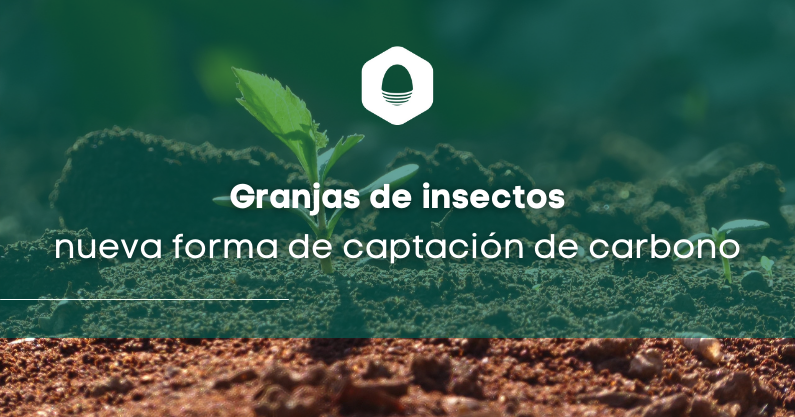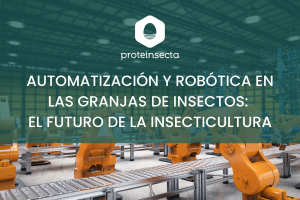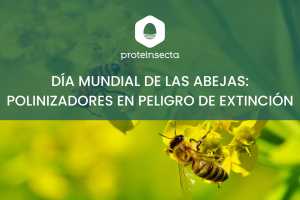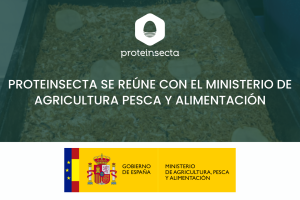
Insect farms: a new way to capture carbon.
Day by day we find ourselves in a constant fight against pollution and the recovery of our environment. Although the changes so far have not been great, little by little new projects are being generated in this regard. One of them is to use the insect farm for carbon capture. It is truly incredible the environmentally beneficial work that insects can do. For this reason, various experts in the area increasingly recommend insect farm breeding. If you want to know more about it, today we will tell you everything you need to know.
Why is the relationship between insect farms and carbon sequestration so important?
Carbon emissions or CO2 are increasing and affecting, with each passing day, our environment. He himself is considered one of greenhouse gases and hence the concern of agricultural and environmental organizations.
However, since the idea of carbon sequestration, things have changed a little. Since, thanks to this idea, they can reduce the repercussions that this type of gas has generated on planet Earth. Using it, finally, in a positive way that seeks to create a truly notable environmental change.
In this way, carbon capture seeks to be the ideal process to reduce this gas in the environment and concentrate it on the land. The plan with this is to capture the carbon that is present in the atmosphere and sequester it in the soils used for crops of all types.
Thanks to this incredible plan, benefits are obtained from a gas that until recently was considered simply harmful. In addition to the fact that thanks to it a greater awareness is created in all the inhabitants and especially in the farmers. Those who, by treating the crop land, will be generating positive changes for the environment.
What are the agreements in this regard?
Some time ago the organization of ASAJA had a meeting with CaixaBank to create a collaboration agreement with which the innovation in the agricultural sector from the country. Thanks to this meeting, it is expected that new projects for the agricultural sector will begin soon.
If you've never heard of them before, ASAJA is the Asociación Agraria de Jóvenes Agricultores (Agrarian Association of Young Farmers). This group was formed in 1989 and since then they have worked actively to promote and defend the interests of farmers.
On this occasion, his meeting withㅤthe CaixaBank financial entity was carried out to have your support and participation in the projects that this association has been carrying out. So it is expected that, from now on, these projects can generate greater and more beneficial changes for the environment.
Among the agreements reached is support for the project CARBOCET which we will talk about in depth later. As well as it was also agreed to support and encourage the project of the creation of insect farms in rural areas.
The latter is an innovative initiative that seeks, above all, to raise awareness among the population, especially among young citizens. At the same time that positive changes are generated in our environment thanks to the work that insects are capable of developing.
What is the CARBOCET project?
Now, as we have mentioned previously, CaixaBank will provide the necessary support for the correct project development CARBOCET. If you have never heard of it before, it is time for you to learn a little more about it.
This is a project developed with the intention of providing farmers with a practical guide that allows them to start sequester carbon in agricultural soils. Therefore, without a doubt, it is the main project that seeks to develop carbon capture and encourage workers in the agricultural sector to carry out this process.
CARBOCET is a project that has currently been in development for two years. During all this time, its Operational Group has been in charge of working hard to create this guide. For this reason, in turn, they have created the project “Quantification and certification of organic carbon in Mediterranean agricultural soils”.
Thanks to this, it has been possible accounting for the increase in carbon in soils destined for agriculture. Therefore, little by little, the application of sustainable agronomic practices has become a feasible project. It is expected that soon this will be a project that will be applied on larger scales so that the positive changes will be much more noticeable.
How can insect farms help with carbon sequestration?
As we have mentioned before, during the meeting between CaixaBank and ASAJA there was also talk about promoting the creation of insect farms. This project will also be of great benefit to the environment. But you're probably wondering How can insect farms help sequester carbon?
Well, you should know that it has currently been discovered that many insects, in their larvae or worm phase, have the ability to eat all kinds of waste. Many of them are even capable of consuming food waste or non-degradable waste. Which, after digesting them, become high-level proteins.
Because of this, more and more farmers have begun to use insect farms to feed the animals on their farms. In addition, they also use the excrement of these tiny insects to make fertilizers for the soil. Thanks to this, it has been shown that insect farms help reduce the carbon footprint on planet earth.
It is for this reason and much more that associations such as ASAJA and the development of the CARBOCET project simultaneously promote the creation of insect farms. The more farms of this type there are, the greater the environmental change that will be generated in the world.
Therefore, if you want to start developing in the world of insect farms and benefit from all its advantages, in Proteinsecta We offer you all the advice you need.



